Armenia’s ‘agro-revolution’ – transforming forlorn villages into tourism hotspots
Armenia has for three years now been observing what young activists are calling an ‘agro-revolution’, which aims to save dilapidated, hopeless villages in Armenia by revamping their agricultural and tourism offerings, raising their incomes and transforming them overall into more pleasant places to live.
The initiators of the movement began working in one of the most “difficult” villages, where they achieved some success and, with their example, already “infected” others.
The ‘agro-revolution’ is a private initiative and is not related to the velvet revolution and the change of power in Armenia in 2018, though the government is working to stoke an ‘economic’ revolution in the country, which has been hampered by the breakout of the coronavirus pandemic.
Drakhtik – the ‘village of dreams’
Over the past three years, life in the village of Drakhtik has changed.
People say that now they live in ‘heavenly’ conditions, when compared with the hell that was here until just recently. The name of the village itself means ‘little paradise.’
The village is located 80 km from Yerevan, right on the shore of Lake Sevan. A little more than a thousand people live here. It was here that three years ago the initiative group began to work. Two dozen young people of different professions – an agronomist, a marketer, a programmer – united around the idea of saving the perishing villages.
They called their idea ‘Agro-revolution’ and decided to start work from one particular village.

The project itself was called ‘Drakhtik Dream Village’. The project initiators began to break down stereotypes for local residents, pushing them to change their life and the situation in the village as a whole.
Co-founder of the ‘Drakhtik Dream Village’ initiative, programmer and businessman Mais Margaryan, says:
“For us it was a challenge to break stereotypes. We decided to start work from a difficult village – say, an abandoned, forgotten, devoid of infrastructure, with residents with a bad set of cards.”
Most of the Drakhtik residents are former residents of the village of Artsvashen in the Gegharkunik region of Armenia. It was an exclave, a small “island” of Armenia in Azerbaijan.
In the summer of 1992, Azerbaijani troops took Artsvashen. All its residents moved to other villages of the same Gegharkunik region, including Drakhtik.
Mais Margaryan says that the village had no prospects. At least the locals did not see them, and there were reasons for this:
“Infrastructure is not developed here, in general, nor in the region. Within 100-150 km from the village there are no gas stations, no shops. And the roads are not in good condition. Overall, villages here are far from each other, but close to the Armenian-Azerbaijani border. And nobody remembers them.
“The village was also hopeless because of the mood of the residents themselves. They moved here from a rich village, arrived without funds, they had been psychologically affected [by the war]. And they got to the village, where in the winter you have snowfall of up to one and a half meters, and nothing grows except apples and pears. So still they can’t come to their senses, they can’t stand on their own. Of course they couldn’t tend to the village itself. Their psychological state and tragic past make our work very difficult.”
The group first of all tried to make the village recognizable, raise awareness. To do this, they created a village page on Facebook, now the Drachtik page has already 5,000 subscribers.
Then the initiative group took up the organization of campaigns, began to develop agritourism. They relied on nature, clean air and the hospitality of local residents. And, unexpectedly for the Drakhtik residents themselves, things took off.
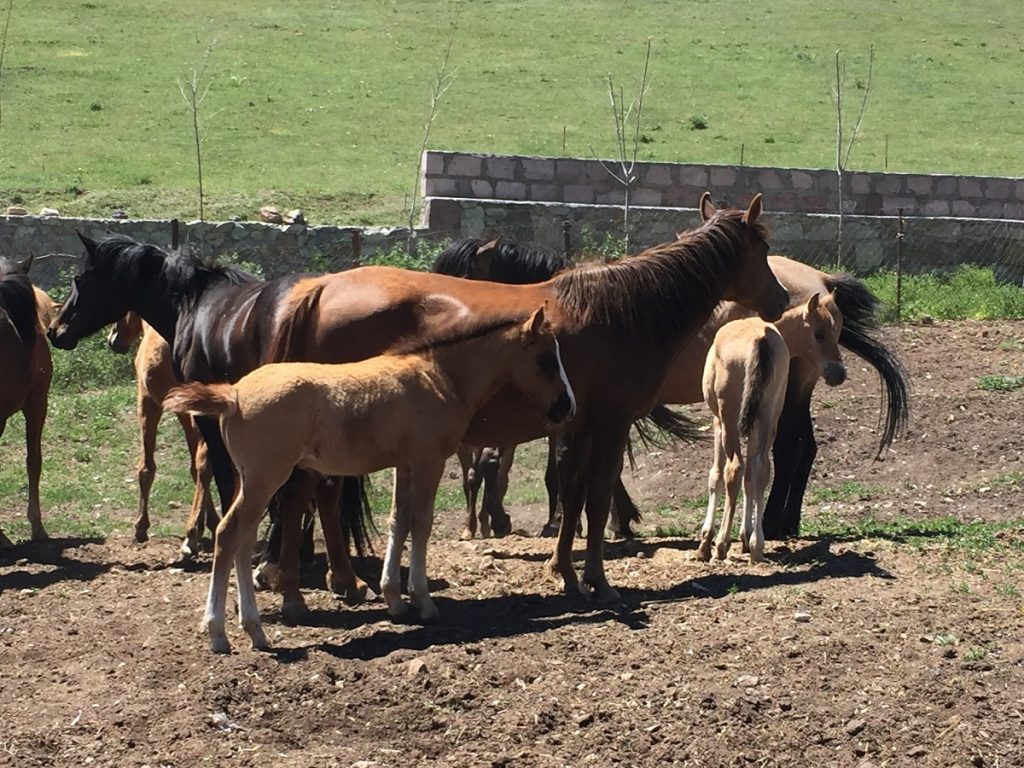
“I was one of those who did not believe. But, watching their work, I realized that progress is possible. And I joined them, became a member of their team,” said Andranik Sahakyan, a resident of the village.
Change in Drachtik
The team of the ‘dream village’, with the help of volunteers, was engaged in cleaning and landscaping the entire coastal zone of the village – about 800 meters. And it soon began to attract more visitors here. Now the initiative group is trying to develop tourism related to Lake Sevan.
Activist Mais Margaryan says there is an intention to build a “camp town” here:
“There are Russian investors who have made serious calculations. Because of the coronavirus, quarantine prevented them from coming and signing documents.”
Seven guest houses have since appeared in the village. But they bring income not only to the owners, because the breakfast menu, for example, includes bread baked by neighbors, while others supply butter, cheese and honey.
Karen Galechyan from local residents joined the work of the initiative group, and, in spite of all doubts and concerns, opened the Eramak riding school.
He teaches horseback riding, and also offers hiking in the mountains with an overnight stay.
“If in such a long time such serious changes have occurred, then in 10 years I see Drakhtik as the center of the universe. And if not, then at least we will make it the center of Armenia,” Karen says.
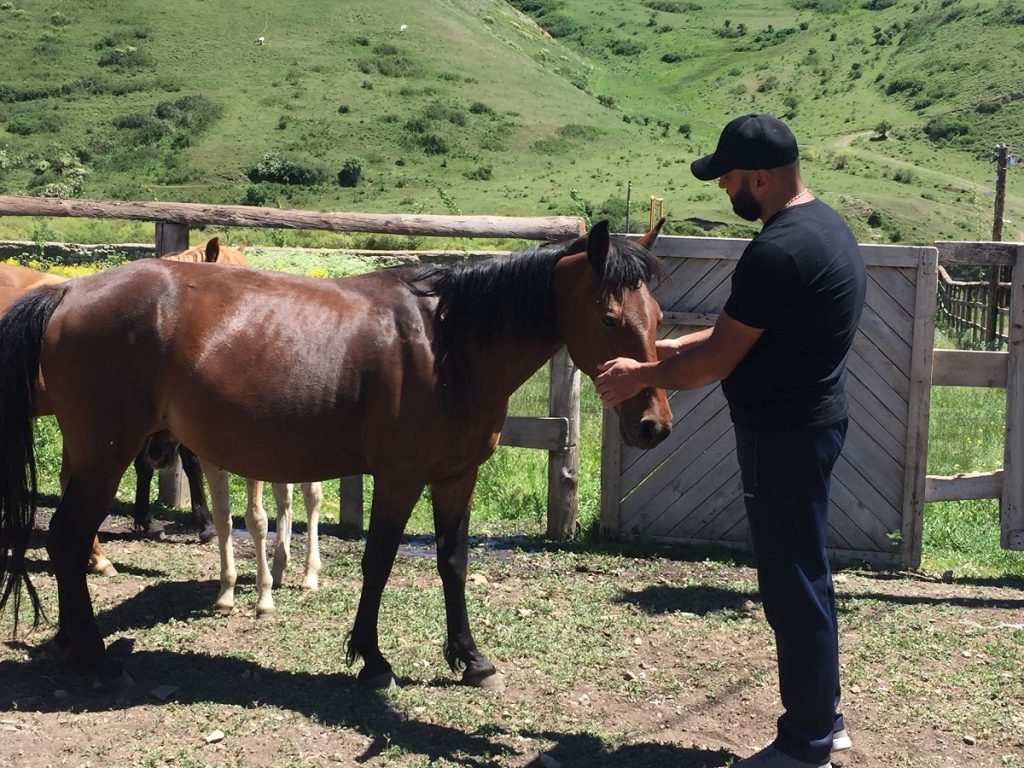
People from Drakhtik, unlike the inhabitants of neighboring villages, are not leaving – states Mais Margaryan:
“While in other villages the number of schoolchildren decreases every year, then in Drakhtik it is growing. In 2018, there were 148 students, this year – 162. And the youth have stopped leaving, they are getting married and staying here.”
However, the authors of the initiative do not believe that this is entirely their merit.
They modestly evaluate the results of their efforts and believe that so far only one-third of the villagers have been able to change their lives.
This encourages them to continue their efforts, because the goal is to completely correct the situation in the village so that everyone can provide for themselves, with nobody having to think about leaving.
Programs for children
A year ago, a multifunctional library opened in Drakhtik. The institution was opened by Gradarak, an organization which creates similar libraries in different villages of the country. Here, children not only read books, but they play educational games, attend film screenings, discussions and meetings with interesting people are organized for them.
An engineering laboratory called Armat appeared in the village. It was founded here by the Union of Information Technology Enterprises. Since 2014, the organization has come up with a similar initiative in different cities and villages of Armenia. Here children are taught programming, robotics for free.
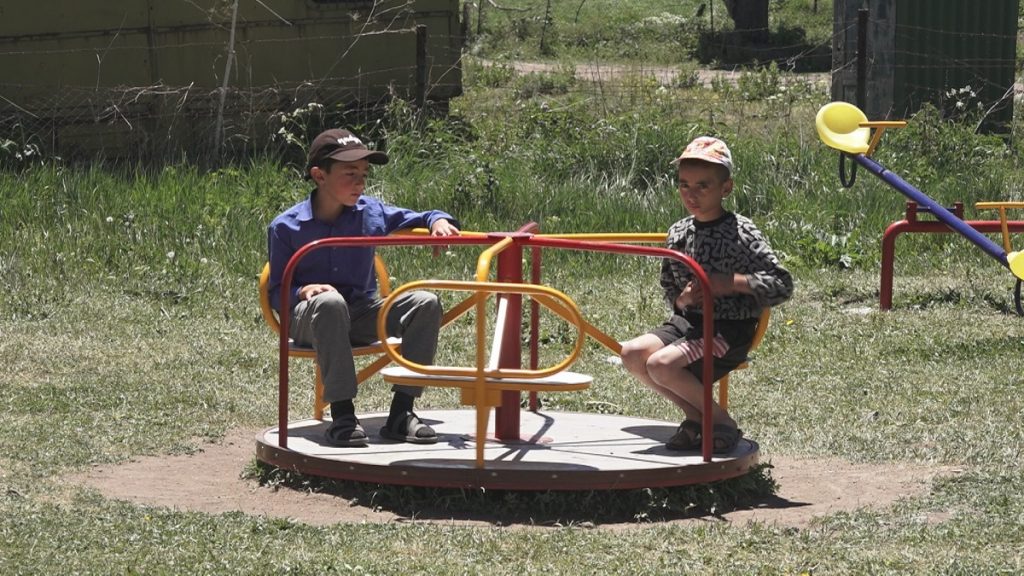
“There are children in the village who have a penchant for mathematics, they are interested in information technology. But families have no way to send them to the city, where they can get more knowledge. That’s why Armat itself comes to the children,” explains group leader Zhenya Kirakosyan.
Dream Village team members say their main goal is a “thought revolution”.
Mais Margaryan explains: the team does not invest in the development of the finance village. The members of the initiative group direct all their energy and limited resources to youth:
“They deserve to be able to develop, to find out about world, but at the same time, we show them through our own example that living in a village is wonderful. We must do everything in our power to ensure that they receive professions, the opportunity to choose, flexibility in time and space, but not leave the village.”
State involvement
All of Armenia came to know about the adviser to the Prime Minister on rural communities, Robert Ghukasyan, thanks to the same initiative that he and like-minded people implemented in another village – in Kalavan.
Robert Ghukasyan is sure that such movements are very important for small villages, but if the state doesn’t join the cause at some point and does not provide support, then they will come to naught over time.
He says that ultimately, in the villages there are problems that only the state can and must solve.
“Therefore, on the instructions of the Prime Minister, we started developing a concept and strategy for the development of modern Armenian villages. Soon the project will be ready, it will take into account all the questions: how to make life in the villages attractive, how to create an environment in which people will want to live.”
Development programs
For the second year, infrastructure is being developed in Drakhtik: the road leading to the village is finally being repaired. The State Tourism Committee, together with organizations developing hiking routes, will soon build a 16-kilometer route from Drakhtik to Kalavan. Signs will be placed along the trail to help tourists not get lost and receive important information about the nearby village.

Mais Margaryan himself also connects his future with Drakhtik, although he was born and lived all his life in the city:
“I am interested in starting my own business here. After three years of PR, noise, after so many changes, you can already reap the fruits of your labor. Business is another way of developing a village, perhaps a better way,” he says.
About the village of Semenovka
The example of the ‘Village of Dreams’ initiative was also followed in Semenovka. In this village, located at an altitude of 2114 meters above sea level, they are trying to find their advantages and develop their own development model.
The public organization “New Semenovka” has also brought together young people of different professions, 26 of them. Of the whole team, only Sevada Azizyan is a resident of Semenovka.
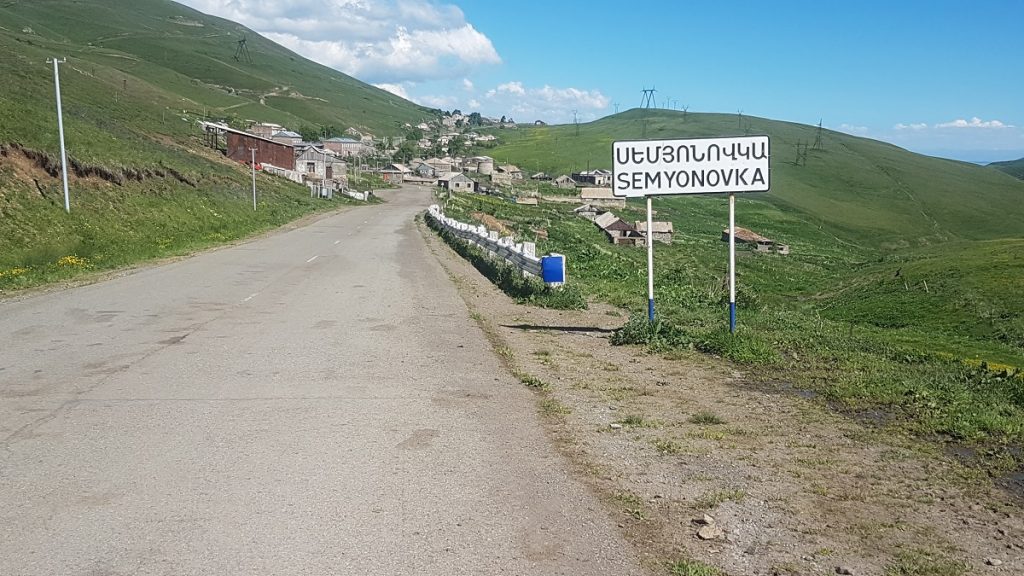
“We are trying to make a revolution in the countryside, above all in thinking. We are trying to attract residents to various community programs, develop tourism and ecotourism, winter tourism in order to ensure the influx of tourists into the community at any time of the year,” says Sevada.
The initiative group of Semenovka also disseminates information about the village on Facebook, talks about problems and asks for the support of caring people. The interest in the village grew so much that new residents have appeared here – people bought houses in Semenovka and moved here to live.
Last year, tourists also came here. And a resident of the village Gohar Petrosyan began renting out part of her house to guests from China and Russia, local cyclists and hikers.
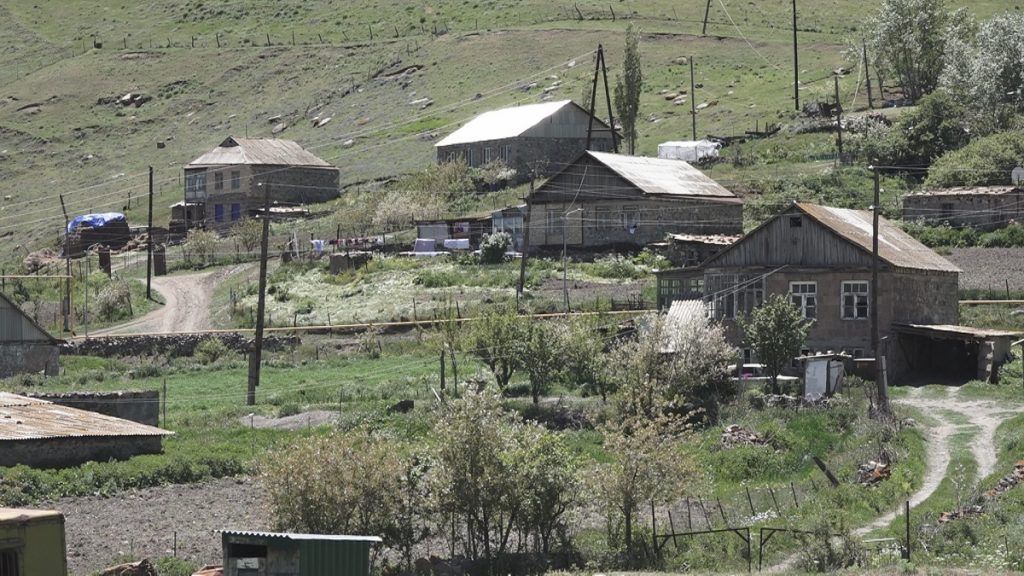
“Cyclists entering the country and participants in hiking tours have no alternative. Whether they like it or not, they are forced to go through our village.
Today we have nothing to offer them, except for services. This may be a bicycle workshop, food outlets, guest houses. We cannot lose this chance. Otherwise, tourists will only drink water from our spring and leave,” Gohar says.
According to Sevada, winter in Armenia begins and ends in Semenovka, and this should be used to develop winter tourism here. Interesting travel companies have already been found, several such tours have already been organized.
“The cities of Tsaghkadzor and Jermuk are suitable for winter tourism in Armenia. But in Jermuk winter tourism is not very developed, and in Tsaghkadzor there are very high prices. We intend to pursue a “soft” pricing policy, we will try to be affordable for everyone. We are thinking of building a cable car here. We will make investments ourselves, we will work ourselves so that there are few expenses. And we will get the desired result,” Sevada thinks.
With the support of the Russian Language News Exchange


















